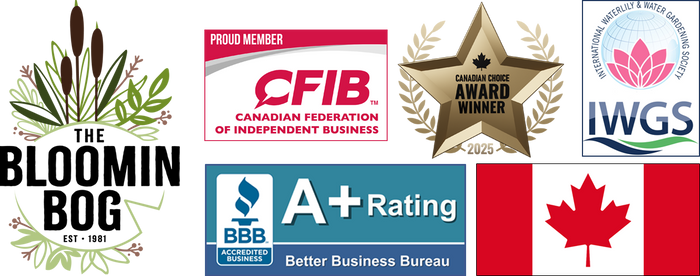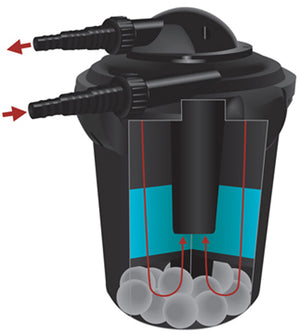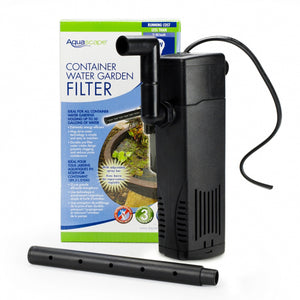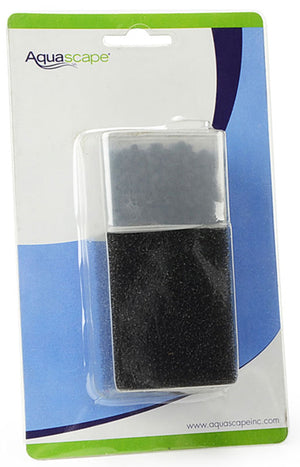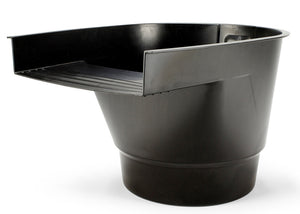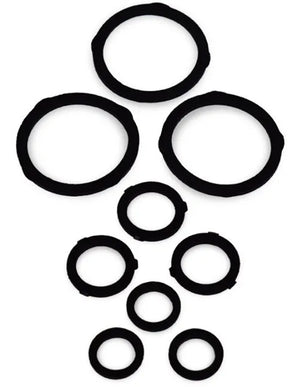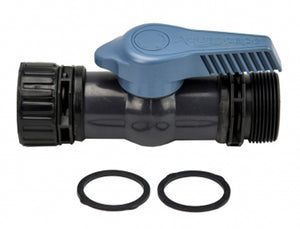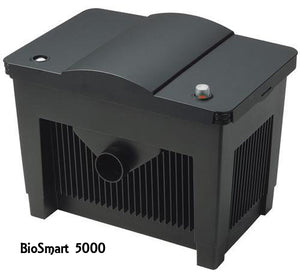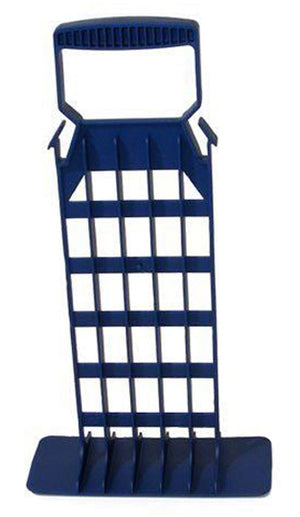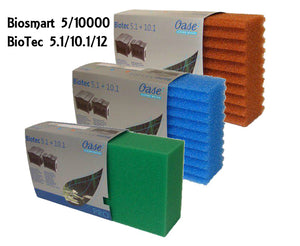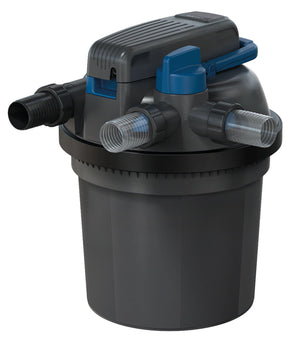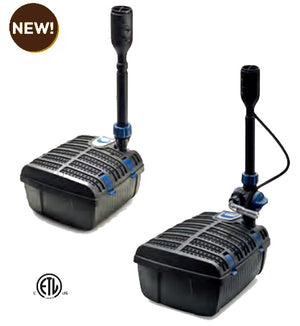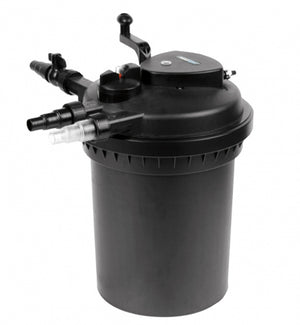Choosing the Right Sized Pond Filter
There are many factors to consider when selecting the pond filter size, including all sorts of pond information, and intended fish and plant stock. The calculations can be complex. Read on for a general guide.

Gather Some Basic Information
All measurements should be in feet.
- Pond volume (see calculation below) =
- Gallons per hour of pump =
- Do you want a pressure filter or gravity filter =
- Do you want UVC or non-UVC =
- Goldfish or Koi and how many of each =
- Full sun or part shade =
- Tubing diameter =
What to do With all this Info
- The volume is crucial in determining the filter size (L x W x AvD = cubic feet. Multiply this by 6.9 (for an irregular pond shape; 7.48 for a square or rectangle; or 6.9 for a circle or oval)
- The pump size is crucial for matching to a filter
- A pressure filter is partly buried in the ground and water is pumped into it and out of it. A gravity filter sits higher that the water discharge and water is pumped in but flows out via gravity
- UVC guarantees clear water
- Goldfish and koi have different waste loads
- Full sun generates more algae
- The tubing diameter must match the filters input, output and backwash adapters
An Example
Pond size is 8ft x 7ft x 2.5ft. Shape is irregular. Tubing diameter is 1-1/2in. Waterfall height is 3ft. A UVC pressure filter is wanted. Two koi and a few goldfish. Pond is in sun.
The Math Looks Like This
- Pond volume is ~960 US gal
- Pump size for this example is: 1,500gph. This pump can run a filter 3000 or larger
- Given the koi and goldfish load, multiply the volume by 4 and that is the equivalent filter size required (3,840gal). For goldfish alone, the multiplier is 2 (1,920gal)
- The pressure filter required could be either a Pondmax 3600 or 4800. The 3600 filter is acceptable even though it is smaller than the calculation (3,840), because the fish load is small. For large koi, the 4800 filter is the better choice.
Filters
Aquascape Pond Waterfall Filter
$135.99
OASE Biosmart 5000 & 10000 Pond GRAVITY Filters
From
$436.99
OASE FiltoClear G3 PRESSURE Filters with UVC
From
$882.99
OASE Filtral UVCs 400, 800 & 1600
From
$311.99
PondMAX Ultra Series Pressure Filters
From
$299.99
